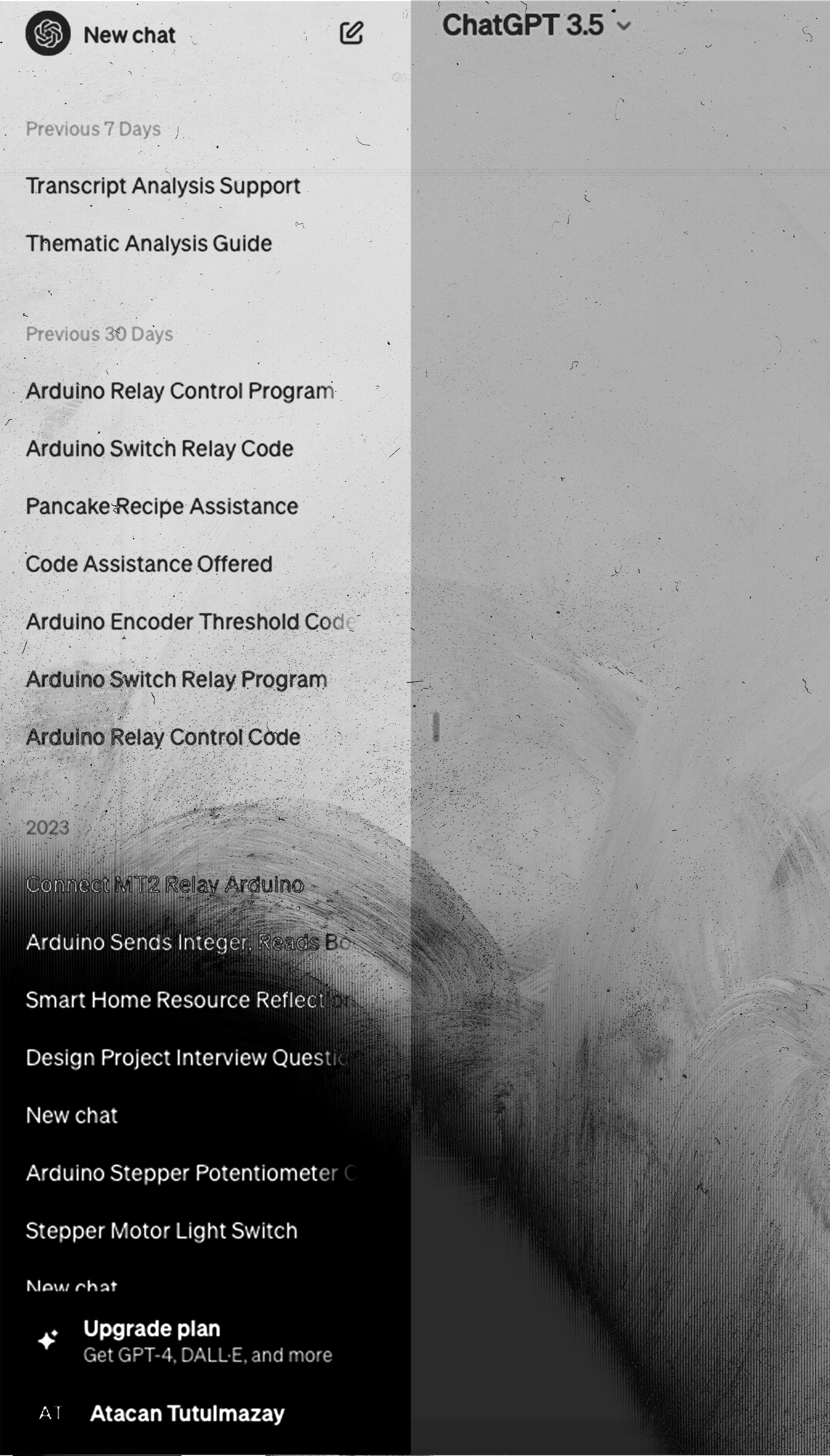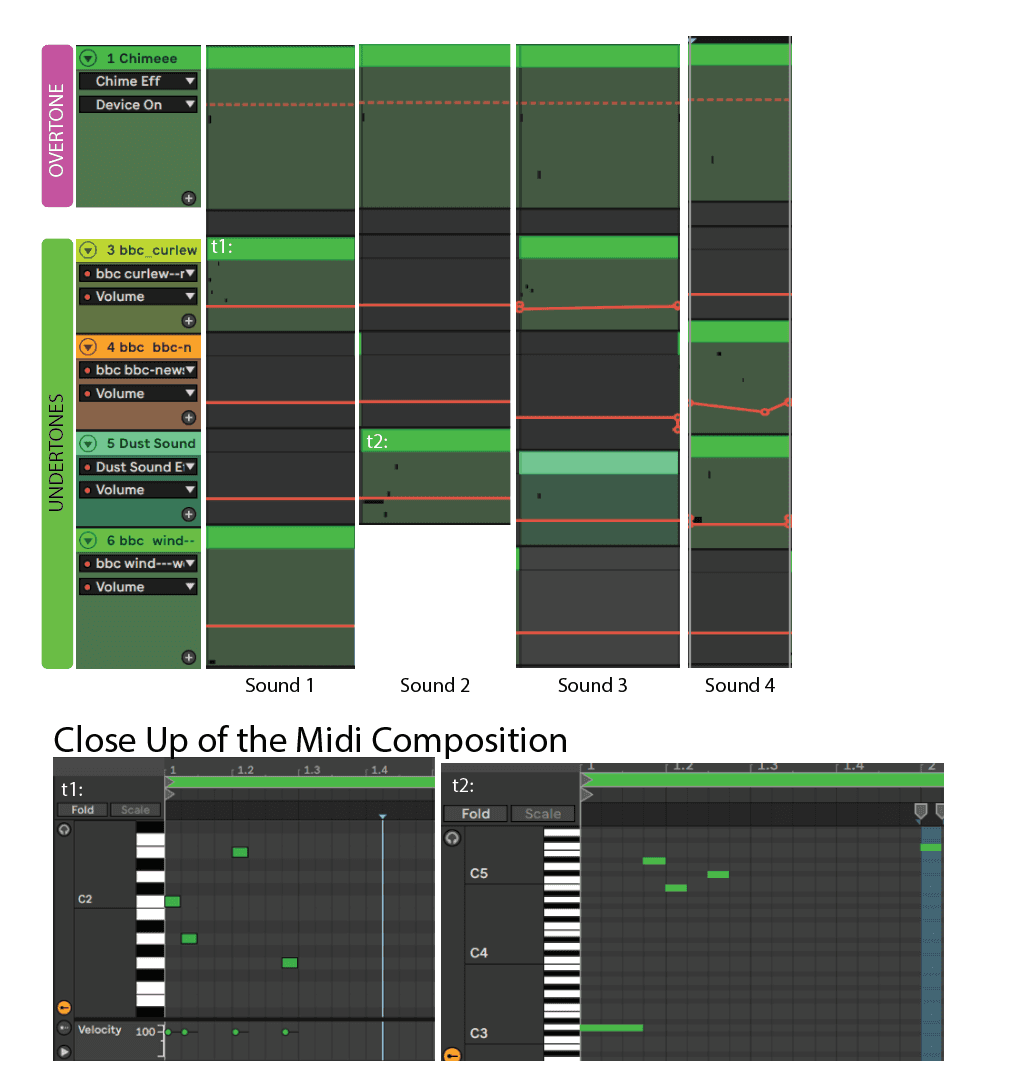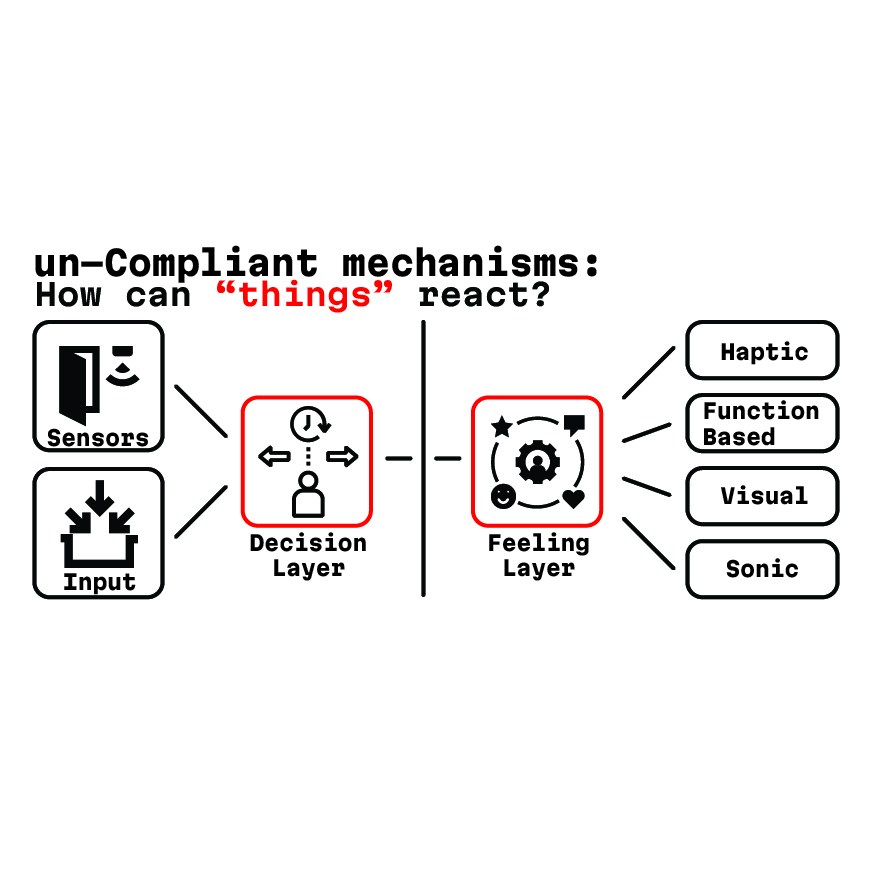Math data and computing now feels like a relic of the past. When I was studying computer science, it was my entire reality and I think because of the negative experiences I had with that study, my tendency to resort to data has changed. Nevertheless, seeing how data and computing could be implemented in generative designs during my study was interesting.
I really enjoyed the conclusions we could draw from primitive datapoints we collected during the making sense of sensors course. It made me think and speculate how data augmentation could be an interesting future development point for my speculative approach to design.
In my first attempt at a final bachelor project, the first iteration I had included a goal of understanding designs via the help of an AI analysing basic forms of designs. I however steered away from that iteration after attempting to code a machine learning script that would utilize Open CV to look at images of designs and providing a dataset of their basic forms attached to their functionalities to create a relationship. This is still an interesting and exciting approach to look at retrospectively, but for the scope and values of my project I thought it took away from the human factor a bit much.
In un-Compliant mechanisms however, I aimed to create working products that behave as if they have personalities. This meant that I had to not only figure out coding, but also a way to make sure that my code doesn't feel mechanic. In its essence, un-compliant mechanisms as a concept is based on the assumption of these appliances having access to your data and processing them through a "feeling layer" before acting.
I aim to work with more artificial intelligence, not to generate designs but to have a better utility to take insights from the past to design for the future. AI as a copilot for our skillsets and creative processes promises a lot to me, as it can keep me within my "creative zone" for longer periods of time. I, in general aim to keep up to date with the times and know the limits of data and computing to be able to imagine what it could mean for the future.


